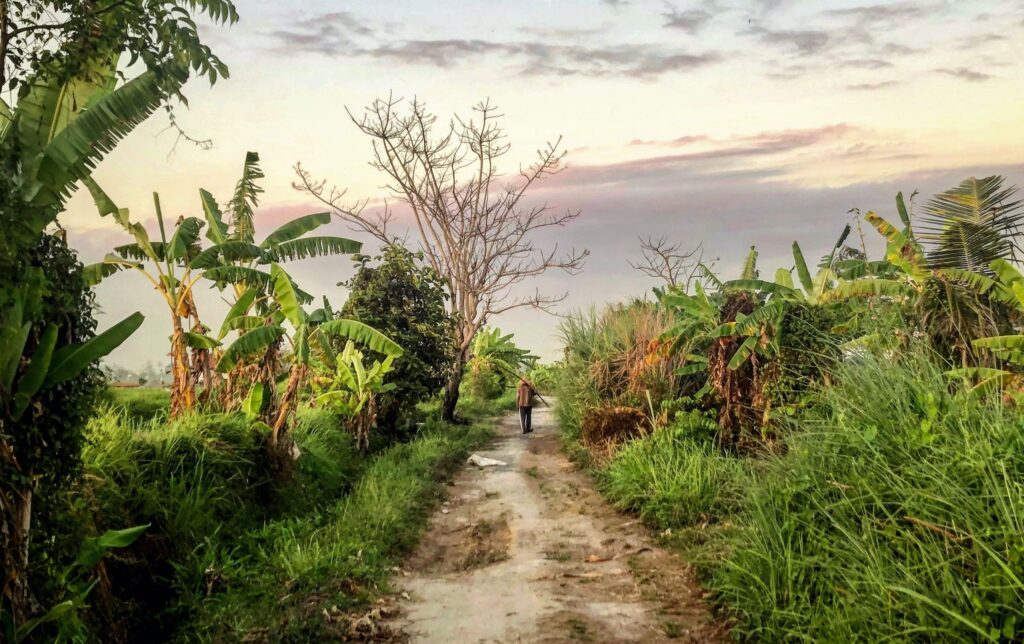This article was originally published in PLOS Biology by © 2024 E. J. Milner-Gulland.
Existing power imbalances and injustices could be exacerbated by large flows of international funding for nature recovery. Conservationists are still grappling with what social justice means in practice; a major shift in mindset is required.
Under the Convention on Biological Diversity’s (CBD) Kunming–Montreal Global Biodiversity Framework (GBF), countries agreed to halt and reverse the loss of biodiversity by 2030, towards a world living in harmony with nature by 2050. This ambitious vision requires nature restoration on a grand scale, guided by a slew of data at the local, national, and global levels. The negative impacts on people and nature of nations’ home and overseas biodiversity footprints must be quantified, as must the gains from actions undertaken to address these impacts and contribute to nature recovery. The terms “biodiversity” and “nature” are often used interchangeably. Here, I use “nature” when I mean the natural environment within which we all live and which we value, and I use “biodiversity” when it is part of a widely used term (e.g., biodiversity credit) or to mean an element of nature which is being quantified.
Nature recovery will require large-scale flows of finance from business and government (mostly in the wealthy Global North) to areas where nature destruction is occurring (mostly in poor rural areas of the tropics) [1]. Markets are being generated by those seeking to offset their carbon and biodiversity impacts or invest in biodiversity credits; biodiversity finance also flows through bilateral and multilateral structures including overseas aid, loss and damage funds, Global Environment Facility funding, and traditional conservation avenues. International financial flows related to carbon are much larger and more established than those for nature. Much carbon finance flows to interventions to retain or sequester carbon via avoidance of further loss of natural habitat or restoration of degraded land. Major concerns have been raised about these flows, not just about the effectiveness of nature-based investments as a mechanism for carbon offsetting, but also about human rights violations related to these investments. However, markets to trade gains and losses in greenhouse gases are conceptually simpler than markets for nature, because nature is not fungible; it is dynamic and multi-scale in time and space.
We cannot pick and choose where and what type of biodiversity to protect and restore: it needs to be measured and recovered locally to where the impact is. Therefore, no single composite metric (like tCO2e for greenhouse gases) can capture the complexity integral to functioning natural ecosystems, allowing losses in one context to be offset by gains in another. However, we also need to aggregate information on biodiversity trends across scales to inform national and corporate biodiversity strategies and to measure overall progress towards the GBF’s goal of halting and reversing the loss of biodiversity by 2030. The GBF has a plethora of associated indicators, although some components of biodiversity and drivers of loss are still not well covered (e.g., sustainable use of wildlife). These indicators also do not align well with the indicators being developed for businesses to quantify their biodiversity impacts and guide actions contributing to global Nature Positive goals [2].
Designing and implementing global nature recovery strategies presents challenges beyond designing suitable indicators. Firstly, we face a wicked problem. The goals of recovering nature, stabilizing the climate, and promoting human development interact in complex ways; positive and negative feedbacks abound. Worsening of one dimension exacerbates the others, making it harder to reach the win-win-win nirvana. Secondly, protected areas are not enough. We cannot just focus on managing important areas for biodiversity if we are to halt and reverse the loss of biodiversity; global consumption has to drastically reduce if nature is to recover [3]. Responsibility for impact is unequally distributed, both now and in the past, so rich countries must take the main burden of impact reduction [4]. Thirdly, nature is intimately intertwined with human lives in ways that vary in time and space, requiring locally situated conservation [1]. Social impact assessments cannot just focus on material wellbeing or livelihoods; they must include bottom-up conceptions of what matters to people and how biodiversity-focused interventions affect them [5]. And finally, the global evidence base for planning action to recover nature is patchy and biased, regarding both biodiversity trends and their drivers, as well as knowledge about how best to intervene. Conservation’s record on robust evaluation of the impact of interventions is woeful [6]. This risks inappropriate and ineffective interventions that are geographically and taxonomically biased.
Global conservation discourse often invokes social justice, but too often this means benefit-sharing from protected areas or livelihoods support, with success metrics related to material wellbeing. Distributive equity is regularly discussed (e.g., whether the benefits are fairly divided), but what “fair” means is generally based on the subjective interpretation of the person doing the dividing, rather than on internationally agreed norms or standards. Recognition and procedural equity are much less prominent in discourse and in practice, and human rights even less so.
Good practice does exist of course (Box 1), but involvement of local residents in conservation is currently still predominately post hoc (occurring after the site/approach has been chosen) and reactive (based on social safeguards and grievance mechanisms in case of complaints). External involvement in an area is usually based on the presence of globally valued biodiversity (e.g., relatively intact forest, threatened species, areas with restoration potential). Free, prior, and informed consent is not always sought from local communities for proposed conservation actions, and if it is, this is generally only at the beginning of the process, rather than as part of an ongoing dialogue.


